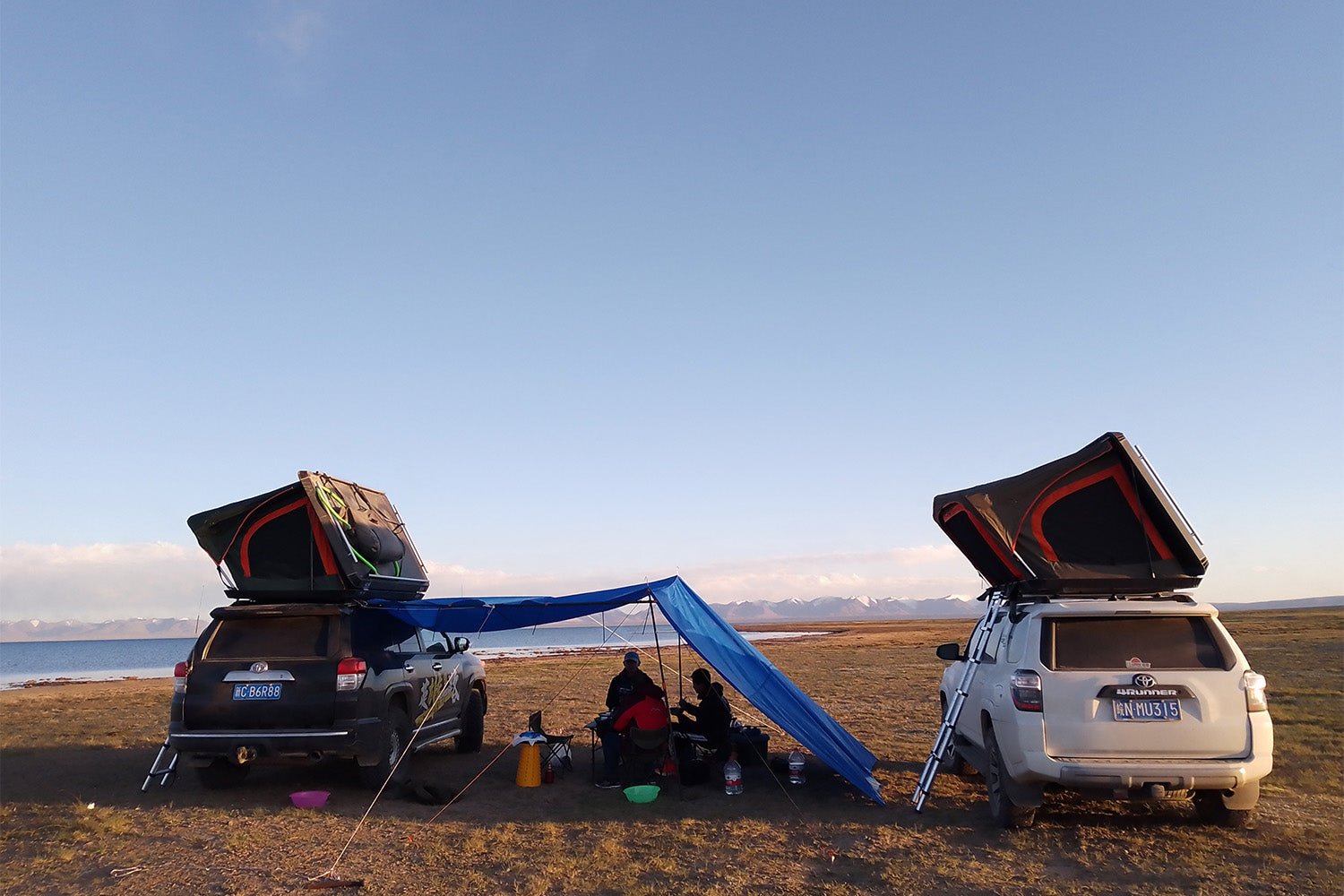Understanding the Importance of Stand-Up 2-Person Tents
Key Considerations for Selecting a 2-Person Tent
When choosing a 2-person tent, size matters. Think about headroom, not just floor space. Tent shape can affect standing space. Go for a tent with vertical walls. Peak height is key, but also check sidewall height. Consider ease of entry too. A tall door makes a big difference. Remember, extra space often means extra weight. Choose materials that balance size and portability.

The Benefits of a Spacious Tent for Couples and Solo Adventurers
For both couples and solo campers, a 2-person stand-up tent is a game-changer. The extra space enhances comfort and allows easy movement inside. You can change clothes, stretch, and pack gear without feeling crammed. It's perfect for longer trips where a little extra room can mean a lot for overall enjoyment and functionality. Even when camping alone, the spacious design can add a layer of luxury and convenience to the outdoor experience.
Top 2-Person Tents on the Market
Reviewing the Features of High-Quality Stand-Up Tents
Finding the right 2-person tent that you can stand up in is key. These tents offer the height needed for comfort. We will look at some of the best options on the market.
Quality stand-up tents have features like sturdy poles and tall peaks. They also have space for storage and easy movement inside. Let's review these features in the top choices available:
- Robust Frame: Tents with strong poles stand tall against winds.
- Peak Height: Look for tents that offer six feet or more of headroom.
- Floor Space: Ensure the tent has ample room for two people plus gear.
- Ventilation: Good airflow prevents condensation and improves sleep.
- Durability: Materials should withstand weather and wear.
- Ease of Setup: Nobody likes a complicated assembly. Simple is best.
These features combine to create a comfortable and practical camping solution for couples.
Factors to Compare When Selecting Your 2-Person Tent
Choosing the right 2-person tent involves many factors. Look at these when you buy:
- Height and Space: Ensure you can stand up. Check for room to move around.
- Material Quality: Choose durable fabrics for weather resistance.
- Weight and Portability: Go light if you will be hiking with your tent.
- Ease of Set-Up: Find tents that you can pitch quickly and easily.
- Ventilation: Check for ample mesh and vents to avoid condensation.
- Weather Suitability: Match the tent's design to the climate you'll camp in.
- Additional Features: Think about doors, pockets, and gear lofts for comfort.
- Price: Find a balance between cost and quality. Don't overspend, but invest in value.
Pick a tent that ticks these boxes for a great camping trip.
Maximizing Space and Comfort: Tips for Setting Up Your 2-Person Tent
Step-by-Step Guide to Assembling Your Tent
Setting up a 2-person tent might seem daunting. But, with the right steps, it's a breeze. Here is a simple guide to help you get your stand-up tent ready:
- Unpack the tent and lay out all components. This includes poles, stakes, and the rainfly. Find a level spot to set up.
- Connect the tent poles. Most tents have color-coded or numbered poles for easy assembly.
- Lay the tent flat on the ground. Insert the poles into the tent's fabric sleeves or clips.
- Raise the tent by arching the poles and securing them into the base. It should now stand upright.
- Secure the tent to the ground with tent stakes. This prevents it from moving in the wind.
- Add the rainfly over the top. This gives extra protection from the weather.
- Make sure all zippers work smoothly and close all openings to avoid bugs.
- Organize your gear inside and tweak the position of the tent if needed for extra space.
Follow these steps and enjoy a spacious home away from home!
Maintenance Tips to Ensure Longevity of Your 2-Person Tent
To keep your 2-person tent in top shape, follow these maintenance tips. First, always dry your tent before storing it to prevent mold and mildew. Second, after each trip, check for any tears or damage. Repair small issues before they get worse. Third, store your tent in a cool, dry place out of direct sunlight to avoid fabric degradation. Fourth, periodically reapply water repellent treatments to the tent's fabric. Lastly, avoid using harsh chemicals for cleaning. Gentle soap and water work best.

